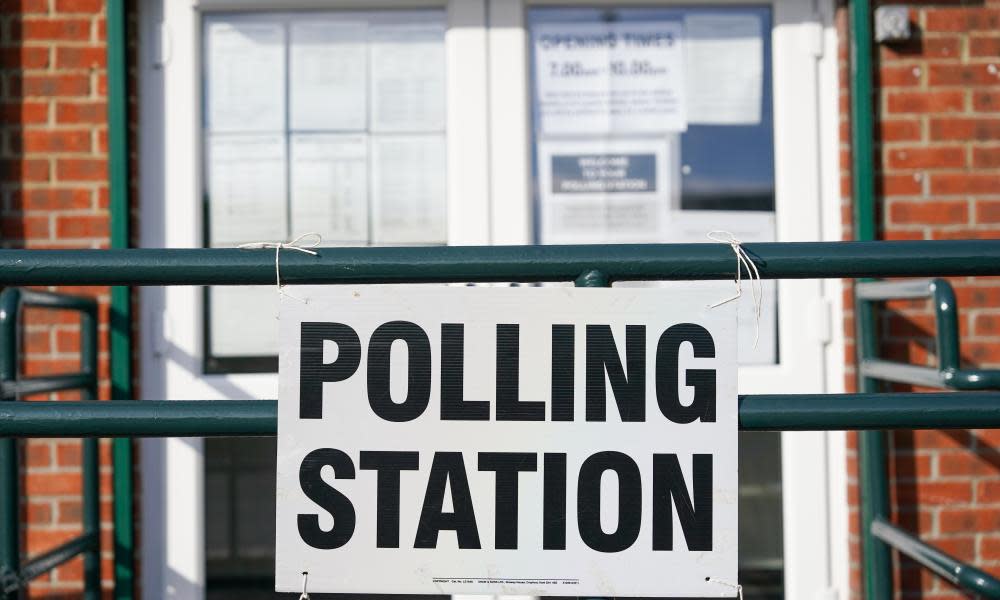The Guardian view on voter ID and turnout: critics were right about this cynical manoeuvre

It should surprise no one that making it harder to vote reduces the number of votes cast. So it has proven, with the obligation to show photo ID at a polling station applied for the first time in English local elections in May. A report published on Wednesday by the Electoral Commission confirms that the new rules had a negative impact on participation, vindicating warnings that the government had said were unfounded.
Turnout was marginally lower than in comparable previous ballots and, according to the commission’s research, the ID requirement accounted for 4% of absences. That might not seem like a lot, but when extrapolated to a national ballot, it threatens to silence hundreds of thousands of voices. Local elections tend to bring out stalwart participants, who are more likely to be politically engaged enough to know about the new rules, which means it is a reasonable assumption that the suppression effect of ID would be higher in a general election.
Most concerning is the asymmetric impact of the new rules, with a disproportionate number of people being turned away from polling stations in more deprived areas compared with affluent places. Young people, those from ethnic minorities, the unemployed and people with significant disabilities were all more likely than the average voter to cite lack of ID as their reason for not having cast a ballot.
That effect was widely anticipated when legislation for voter ID was enacted. Ministers’ refusal to admit the risk raised suspicion that the possibility of vote suppression was not accidental. The demographic segments most affected tend also to support Labour, giving the Tories a partisan incentive to depress turnout. The government vigorously rejected that accusation. But the denial came with a lacklustre effort to advertise the changes and, most egregiously, a refusal to classify the travel passes likely to be held by young people as valid for voting purposes, while allowing senior citizens to use equivalent documents.
A generous interpretation of ministerial motive suggests wilful negligence in designing the rules, and all for the ostensible purpose of eliminating “personation” – pretending to be someone else at a polling station – which is a vanishingly rare offence. The commission’s report notes only two allegations of in-person fraud in the May ballots. Neither led to further police action. This supposed threat to the integrity of ballots has failed to materialise in all previous elections.
That doesn’t mean Britain is immune to electoral malpractice, or that a requirement to show ID is inherently wicked. It is a feature of many democracies and has long been used in Northern Ireland, where there are historical reasons to maximise the security of the polling process. But a system that looks designed to suffocate participation does more damage by corroding faith in the independence of the authorities than it achieves in protecting the process. A reform imposed in bad faith sabotages the very cause cynically cited as its justification. Ministers concerned about malfeasance at the heart of the democratic process could usefully be looking in the mirror instead of scrutinising voters’ ID papers.

 Yahoo News
Yahoo News 
